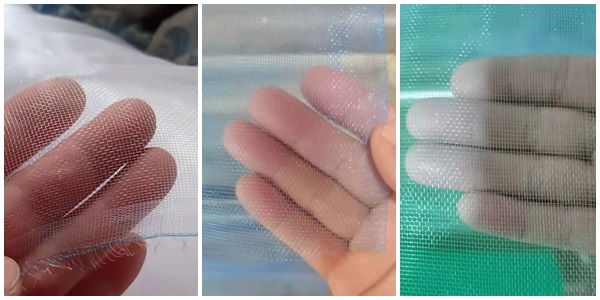Aug . 02, 2024 14:39 Back to list
Exploring Manufacturers of Temporary Fencing Solutions for Construction and Event Security Needs
Temporary Fence Factories A Overview of Their Importance and Features
In a world where safety and security are paramount, temporary fences have become an indispensable part of various industries. From construction sites to special events, the demand for effective partitioning solutions has led to the rise of temporary fence factories. These facilities specialize in producing durable, versatile, and cost-effective fencing options that serve a multitude of purposes.
The Significance of Temporary Fences
Temporary fences are essential for various reasons. First and foremost, they provide security. Construction sites are a treasure trove of valuable equipment and materials, making them prime targets for theft. Temporary fencing acts as a deterrent to unauthorized access, ensuring that only authorized personnel are allowed on-site.
Moreover, these fences help delineate boundaries. In crowded areas or during public events, it is crucial to control the flow of people and maintain order. Temporary fences guide foot traffic, protect spectators, and define specific areas, thereby enhancing the overall experience of attendees.
Additionally, temporary fences contribute to safety. Construction sites, in particular, can pose various hazards, from heavy machinery to deep excavations. By erecting fences, site managers can prevent accidents by keeping curious bystanders at a safe distance.
Features of Temporary Fences
The design and functionality of temporary fences have evolved significantly over the years. Temporary fence factories manufacture various types of fences, tailored to meet specific needs. These fences typically consist of lightweight and portable materials like steel, aluminum, or plastic, which makes them easy to transport and set up.
temporary fence factories

One of the most common types of temporary fences is the chain-link fence. Known for its durability and strength, chain-link fencing is often used in construction sites and sports events. It allows visibility while providing a robust barrier against intrusions.
Another popular option is the crowd control barrier. These are typically made of metal and designed to manage pedestrian movement during events such as concerts, festivals, or parades. They are lightweight, stackable, and can be quickly deployed to create effective boundaries.
Temporary fence factories also produce specialized fencing solutions. For example, mesh fence panels offer privacy while still being secure, making them an excellent choice for events where confidentiality is paramount. Furthermore, manufacturers are now increasingly incorporating eco-friendly materials into their products, aligning with global sustainability efforts.
Market Trends and Future Prospects
The market for temporary fences is expanding rapidly, driven by growth in construction and event management sectors. Major global events, such as the Olympics or international trade fairs, often require significant temporary fencing solutions to manage crowds and ensure safety. This trend has encouraged temporary fence factories to innovate and diversify their product offerings.
Furthermore, technological advancements are shaping the future of temporary fencing. Some factories are now incorporating smart technology, such as alarm systems and surveillance cameras, into their fences to provide enhanced security features. This modernization reflects the changing needs and expectations of clients.
Conclusion
Temporary fence factories play a critical role in maintaining safety, security, and order in various settings. With their diverse product offerings and the ability to adapt to industry demands, these factories are not only pivotal during construction projects and public events but are also continuously evolving to meet the challenges of modern society. As we move forward, the importance of reliable temporary fencing solutions will only increase, solidifying the position of temporary fence manufacturers as key players in the safety and security landscape.
-
Hop Dipped Galvanized/PVC Coated Temporary Fence - Anping County Xingzhi Metal Wiremesh Products Co., Ltd.|Temporary Fencing Solutions, Durable Security Products
NewsJul.30,2025
-
Hop Dipped Galvanized/PVC Coated Temporary Fence-Anping Xingzhi|Durability&Cost-Effective
NewsJul.30,2025
-
Hop-Dipped Galvanized PVC Fence - Anping Xingzhi | Durable, Quick Deployment
NewsJul.30,2025
-
Hop Dipped Galvanized/PVC Coated Temporary Fence - Anping County Xingzhi|Temporary Fencing, Durable Security, Customization
NewsJul.30,2025
-
Hop Dipped Galvanized PVC Coated Temporary Fences - Anping County Xingzhi|Durable Corrosion Resistance, Quick Installation
NewsJul.30,2025
-
Hop Dipped Galvanized / PVC Coated Temporary Fence - Anping County Xingzhi Metal Wiremesh Products Co., Ltd|Durable Temporary Fencing&Versatile Applications
NewsJul.30,2025



